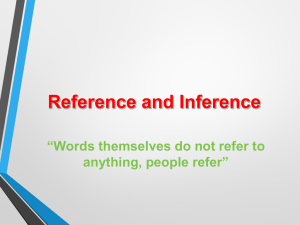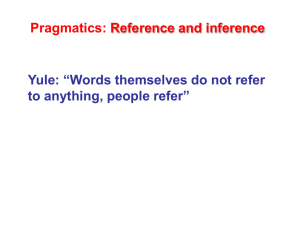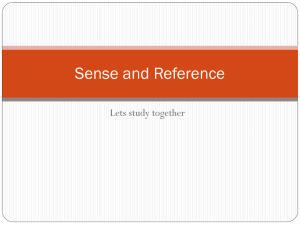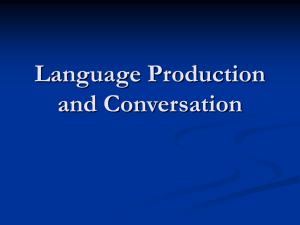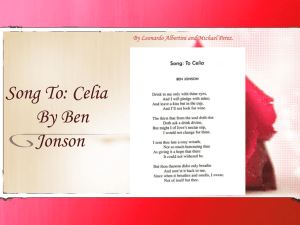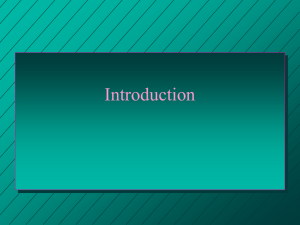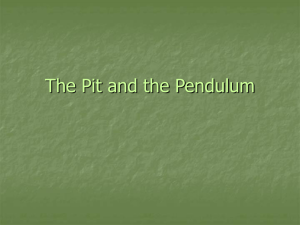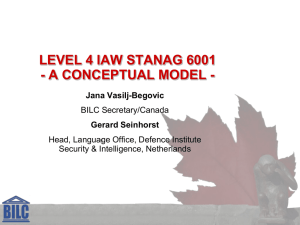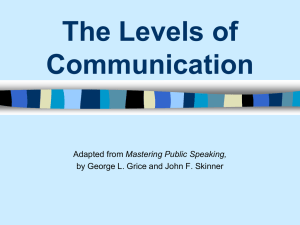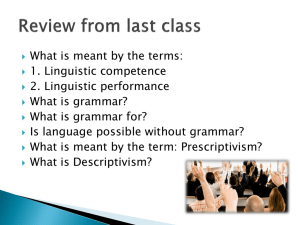Reference
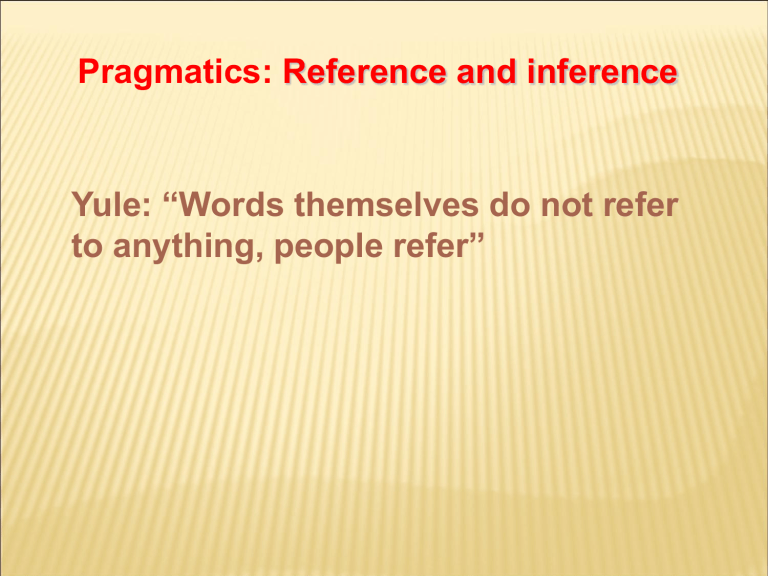
Pragmatics: Reference and inference
Yule: “Words themselves do not refer to anything, people refer”
Reference is an act in which a speaker, or writer, uses linguistic forms to enable a listener, or reader, to identify something
(sesuatu).
Reference Is the words we use to identify things. In discussing deixis, we assumed that the use of words to refer to people and things was a simple/trivial matter. However, words themselves don’t refer to anything. People refer.
Reference Is an act in which a speaker uses linguistic forms to enable a listener to identify something.
Linguistic forms are referring expressions.
Three dimensional diagram
Speaker – Reference – Intention
Listener – Inference – Interpretation
Pragmatics: Sense – reference – referent
Semantics: Word – meaning – entity/object
Semantics: Word – meaning – entity/object
Ex: Elephant – a big animal which characterized by a long trunk-
Semantics: Word – meaning – entity/object
Horse – A short haired coat and hoofed
(berkuku) mammal having a long tail, used for riding and for carrying loads.-
The categories of referring expressions:
1)Proper nouns
2)Pronouns
3)Definite nouns
4)Indefinite nouns
Reference is an act in which a speaker, or writer, uses linguistic forms to enable a listener, or reader, to identify something. These linguistic forms are called referring expressions.
They can be:
(a) proper nouns:
‘Brasília’ ‘Mr. Faizal ’
Reference is an act in which a speaker, or writer, uses linguistic forms to enable a listener, or reader, to identify something. These linguistic forms are called referring expressions.
They can be:
(b) noun phrases (definite):
‘The city’ ‘The lecturer’
Reference is an act in which a speaker, or writer, uses linguistic forms to enable a listener, or reader, to identify something. These linguistic forms are called referring expressions .
They can be:
(c) noun phrases (indefinite):
‘A place’ ‘A man’
Reference is an act in which a speaker, or writer, uses linguistic forms to enable a listener, or reader, to identify something. These linguistic forms are called referring expressions .
They can be:
(d) pronouns:
‘It’ ‘He, him’
The choice of one type of referring expression rather than another seems to be based, to a large extent, on what the speaker assumes the listener already knows.
Reference is clearly tied to the speaker’s goals and beliefs in the use of language.
Yule: "it is important to recognize that not all referring expressions have identifiable physical referents. Indefinite noun phrases can be used to identify a physically present entity, but they can also be used to describe entities that are assumed to exist, but are unknown, or entities that, as far as we know, do not exist".
Examples: a) There's a man waiting for you.
b) He wants to marry a woman with lots of money. c) We'd love to find a nine-foot-tall basketball player
Attributive use / referential use a man waiting for you a woman with lots of money a nine-foot-tall basketball player
This is sometimes called an attributive
use, meaning 'whoever/whatever fits the description'.
It would be distinct from a referential use : a specific person is referred to, although his/her name or some other description is not used.
For successful reference to occur, we must also recognize the role of inference .
What are inferences ?
Inferring is connecting prior knowledge to text based information to create meaning beyond what is directly stated.
The role of inference in communication is to allow the listener to identify correctly which particular entity the speaker is referring to. We can even use vague expressions relying on the listener’s ability to infer what is the referent that we have in mind.
Listeners make inferences about what is said in order to arrive at an interpretation of the speaker’s intended meaning. The choice of one type of referring expression rather than another seems to be based on what the speaker assumes the listener already knows.
Words themselves don’t refer to anything.
People refer.
Because there is no direct relationship between entities and words, the listener’s task is to infer which entity the speaker intends to identify by using a particular expression:
“Mister Aftershave is late today ”
"In reference there is a basic collaboration at work:
‘intention-to-identify’ and
'recognition-ofintention’.
Collaboration
This process needs not only work between one speaker and one listener; it appears to work, in terms of convention, between all members of a community who share a common language and culture.
Yule:“Our ability to identify intended referents has actually depended on more than our understanding of the referring expression".
It has been aided by the linguistic material , or co-text , accompanying the referring expression. The referring expression actually provides a range of reference, that is, a number of possible referents. In the examples below, the referring expression 'cheese sandwich‘ provides a number of possible referents. However, the different co-texts lead to a different type of interpretation in each case. a) Cheese sandwich is made with white bread. b) The cheese sandwich left without paying.
Yule: “The co-text is just a linguistic part of the environment in which a referring expression is used.
The physical environment, or context , is perhaps more easily recognized as having a powerful impact on how referring expressions are to be interpreted.
Reference , then, is not simply a relationship between the meaning of a word or phrase and an object or person in the world. It is a social act , in which the speaker assumes that the word or phrase chosen to identify an object or person will be interpreted as the speaker intended”.
In English, initial reference is often indefinite . The definite noun phrases and the pronouns are examples of subsequent reference to already introduced referents, generally known as anaphoric reference, or anaphora ". In technical terms, the second or subsequent expression is the anaphora and the initial expression is the antecedent .
Example:
Peel and slice six potatoes. Put them in cold salted water
The initial referring expression 'six
potatoes' identifies something different from the anaphoric pronoun 'them', which must be interpreted as 'the six peeled and sliced potatoes”.
Anaphoric reference
After the initial introduction of some entity, speakers will use various expressions to maintain reference:
“In the film , a man and a woman were trying to wash a cat . The man was holding the cat while the woman poured water on it . He said something to her and they started laughing”
In technical terms, the second or subsequent expression is the anaphor and the initial is the antecedent: a man
the man
he a woman
the woman
she he + she
they
When the interpretation requires us to identify an entity, and no linguistic
expression is presented, it is called zero
anaphora, or ellipsis.
“Peel an onion and slice it. Drop the slices into hot oil. Cook for three minutes.”
Zero anaphora or ellipsis
The use of zero anaphora clearly creates an expectation that the listener will be able to infer who or what the speaker intends to identify:
1. Peel an onion and slice it.
2. Drop the slices into hot oil.
3. Cook
for three minutes.
= ‘slices’, ‘them’.
Yule: "the key to making sense of reference is that pragmatic process whereby speakers select linguistic expressions with the intention of identifying certain entities and with the assumption that listeners will collaborate and interpret those expressions as the speaker intended".
Yule: “Successful reference means that an intention was recognized, via inference , indicating a kind of shared knowledge and hence social connection”
Successful reference is necessarily collaborative (‘shared knowledge’).
It allows us to make sense of the following sentences:
“Picasso’s on the far wall”
“My Rolling Stones is missing”
Successful reference means that an intention was recognized, via inference, indicating a kind of shared knowledge and hence social connection.
Don’t forget:
Pragmatics is the study of how more gets communicated than is said.
